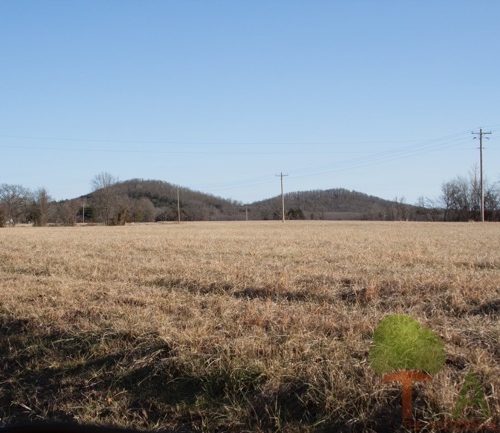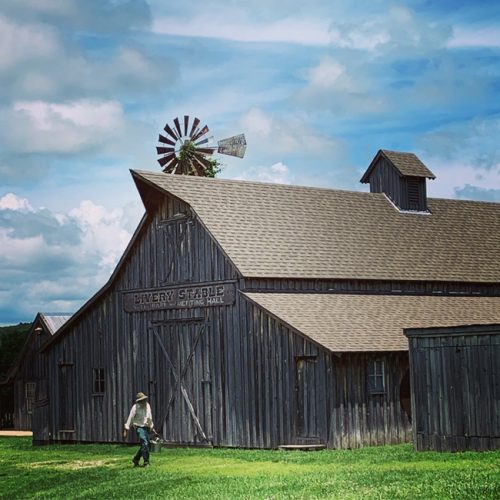I have heard that there might have been as many as 850 water mills in Missouri back in the day. Sometimes, I wonder if this number is underestimated. After all, mills ranged from private shack-type buildings that serviced a few families in a community, such as Falling Spring, to something along the lines of the big Cedar Hill Mill – regally placed on the Big River. If ever a mill was worthy of a jigsaw puzzle capture (or a postcard), this one claims the top prize.
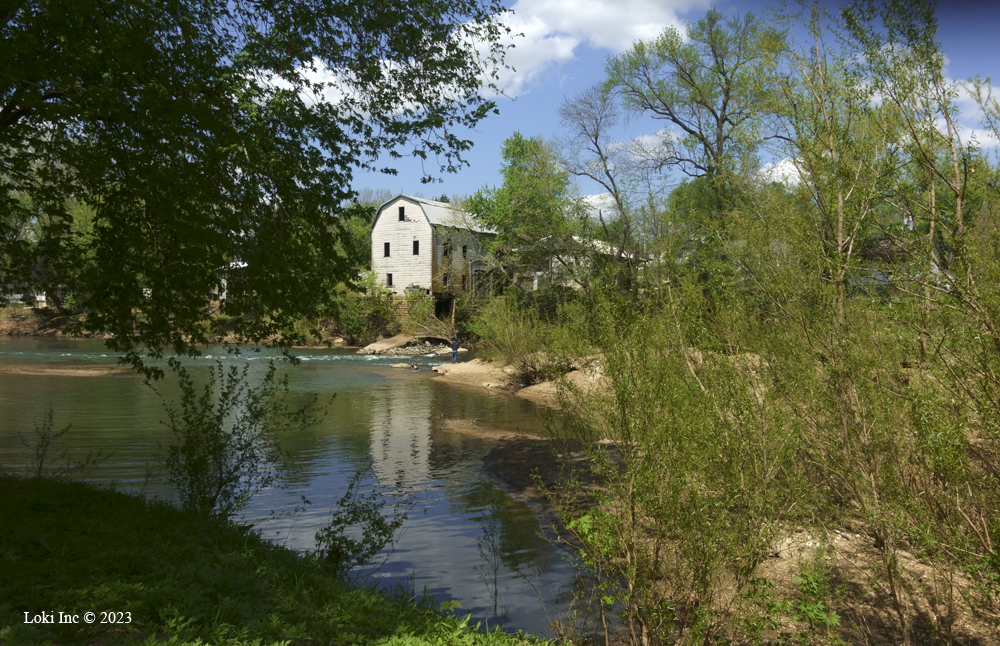
The first mill recorded on this site – located in Cedar Hill, Missouri, about 30 miles southwest of St. Louis in Jefferson County, at what some call the “top” of the Ozarks region – appears around 1847 in county records. When Thomas Maddox requested the rights to build a mill on the Big River, his neighbor across the way, Conrad Beehler, objected, fearing that damming the river would flood his side. He lost in a state circuit court, and Maddox build a log and stone dam and two mills, a grist-mill and a sawmill. Louis Radeacker purchased the mill and rebuilt it sometime around 1876. It’s not know whether the original mill(s) succumbed to the usual – fire and/or water damage.
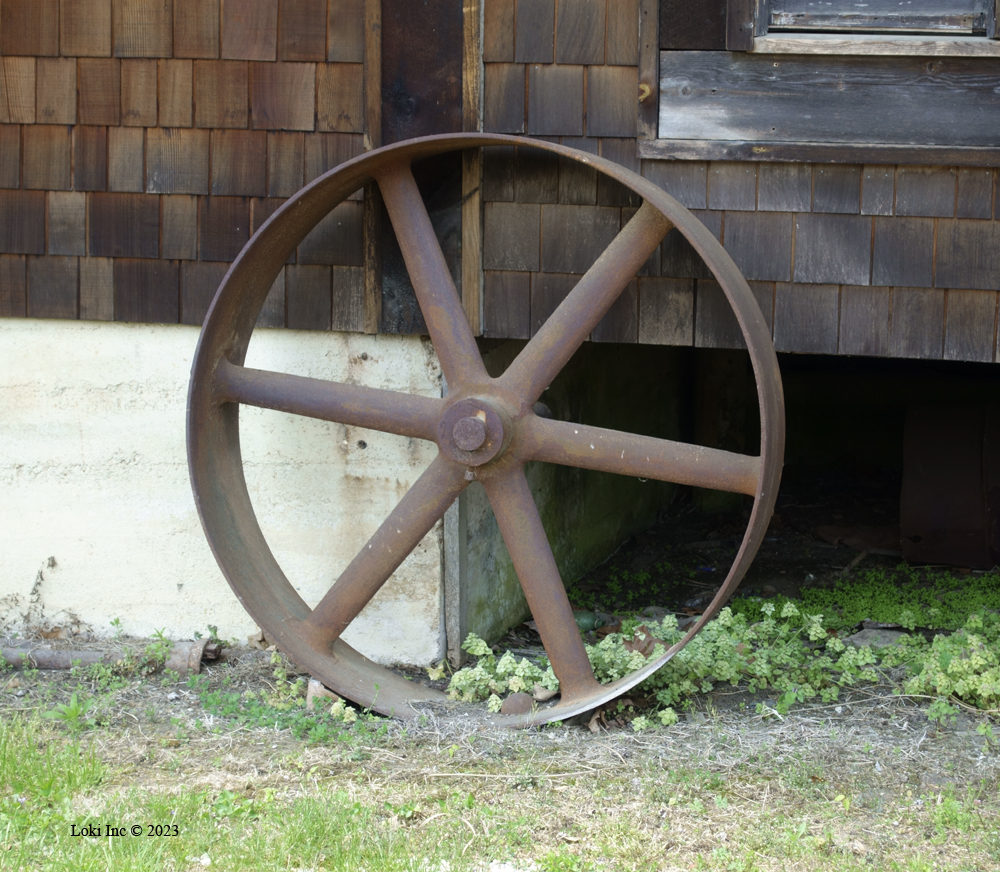
Radeacker built the mill that we see today in 1890, which he powered with underwater turbines. The turbines kept the mill running until 1954, when Radeacker employed a diesel engine for extra oomph. Later, the mill became completely powered by electricity.
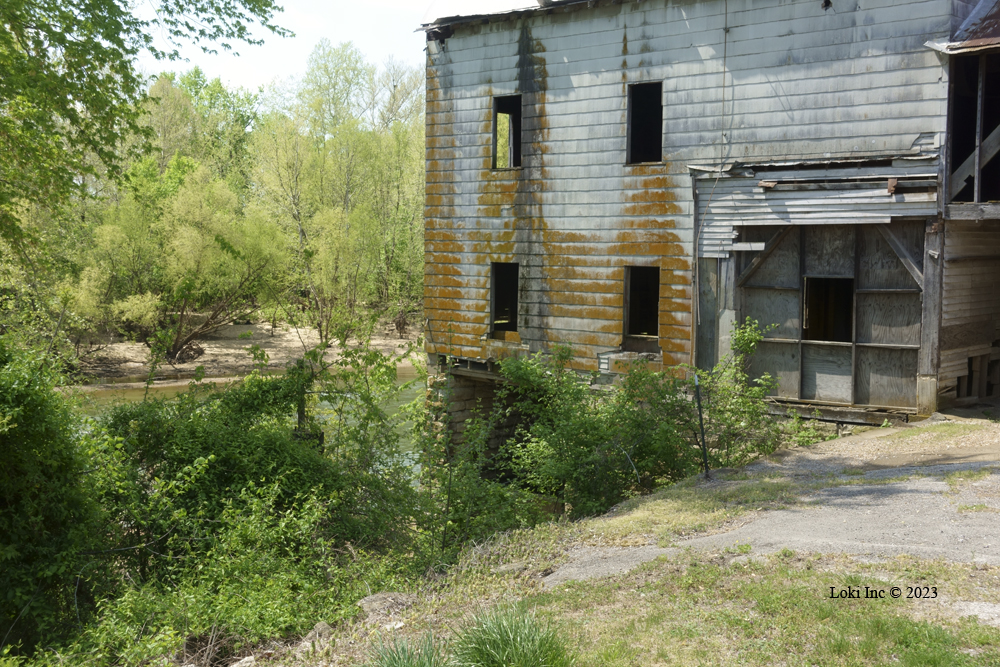
Radeacker had seven sons, who helped him run the large operation. At first, the mill produced meal and flour. By the 1980s, at least 50 percent of the mill’s products included pet food, whereas in the earlier days, it produced feed for domestic hogs, cattle and chickens. After Radeacker’s death, two of his sons, William and Albert, inherited the mill. By the 1950s, the mill had started selling ice, as well.
In 1974, Erwin Viehland purchased the business, but not the property, from two other sons who had become owners, Wilber and Walter. In 1982, James Lalumondiere purchased the mill and according to George Suggs, Jr.’s book, “Water Mills of the Missouri Ozarks,” Lalumondiere had planned to use the mill to generate electricity. Note: Lalumondiere currently owns the old Byrnesville Mill, also located on the Big River, renaming it the Lalumondiere Mill and River Gardens, an event site for weddings and reunions.
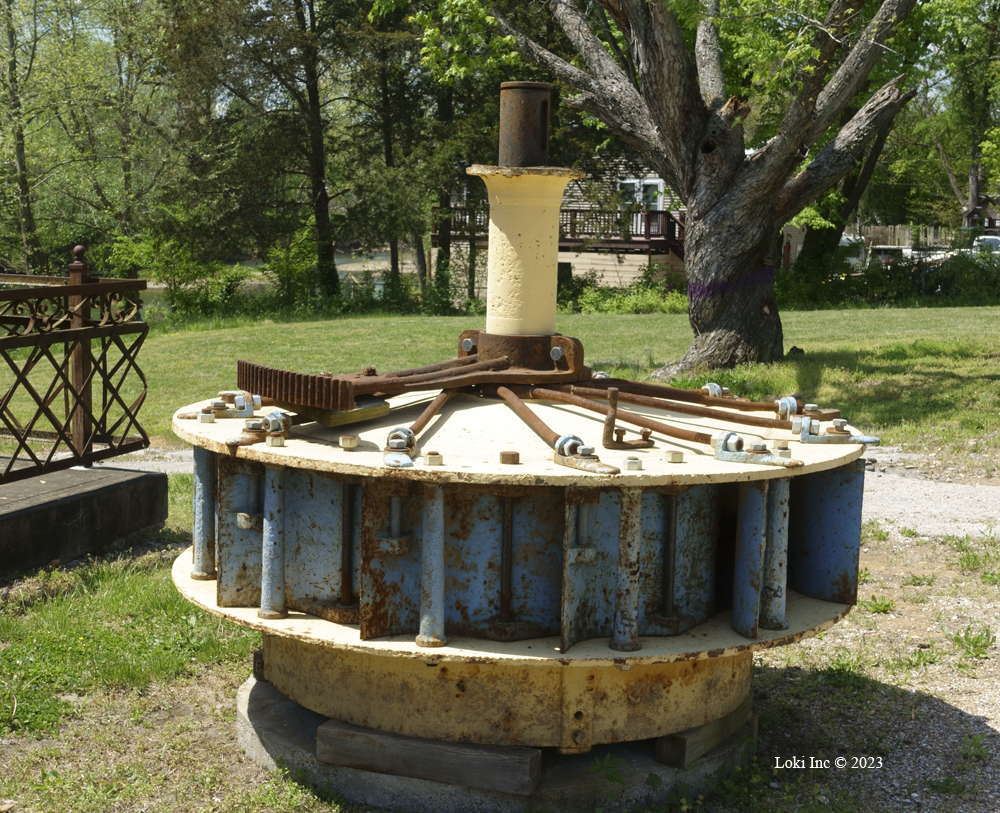
While searching online, I found this site, Mill Pictures, and it depicts the old Cedar Hill Mill in 2004, in photos taken by Jim Miller. According to Miller, “We swam a lot in the river below the dam which my father had helped build. My Grandfather, William Fred Ficken and my dad, Oscar William Fred Ficken, told us children that the dam was made by putting large trees across the river and putting rocks over it.”
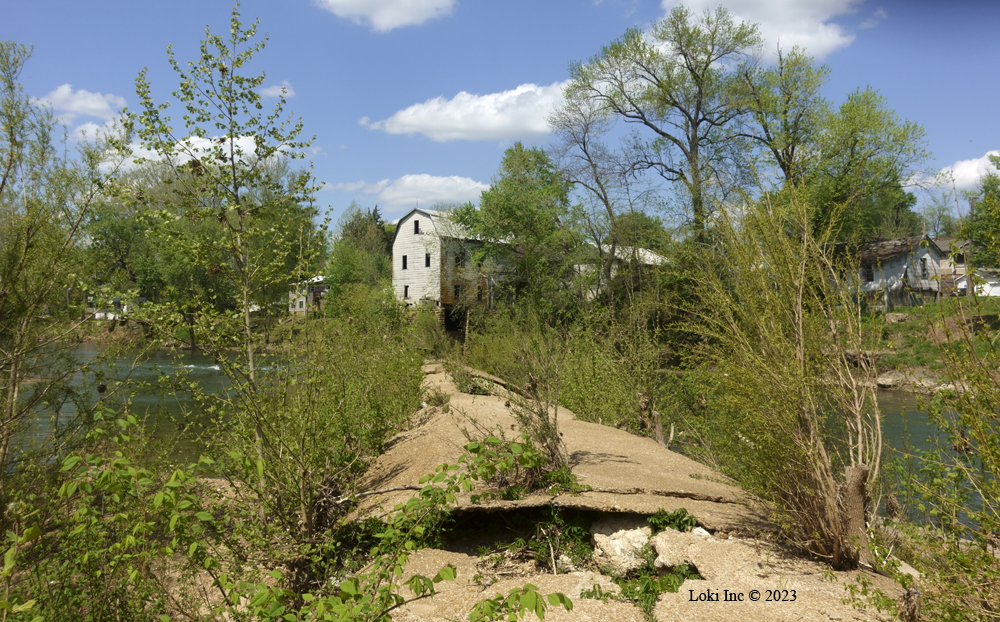
You can walk out on the dam over the river and get an even closer view of the old mill. There’s a city park across the river from the old mill, with parking. We took photos from there and also, from the parking lot of the mill building. I believe the mill was listed for sale, so we felt comfortable taking a look around the outside, since it was obviously abandoned.
Attempts to reach Mr. Lalumondiere were not successful, through the website for his event site and by phone.
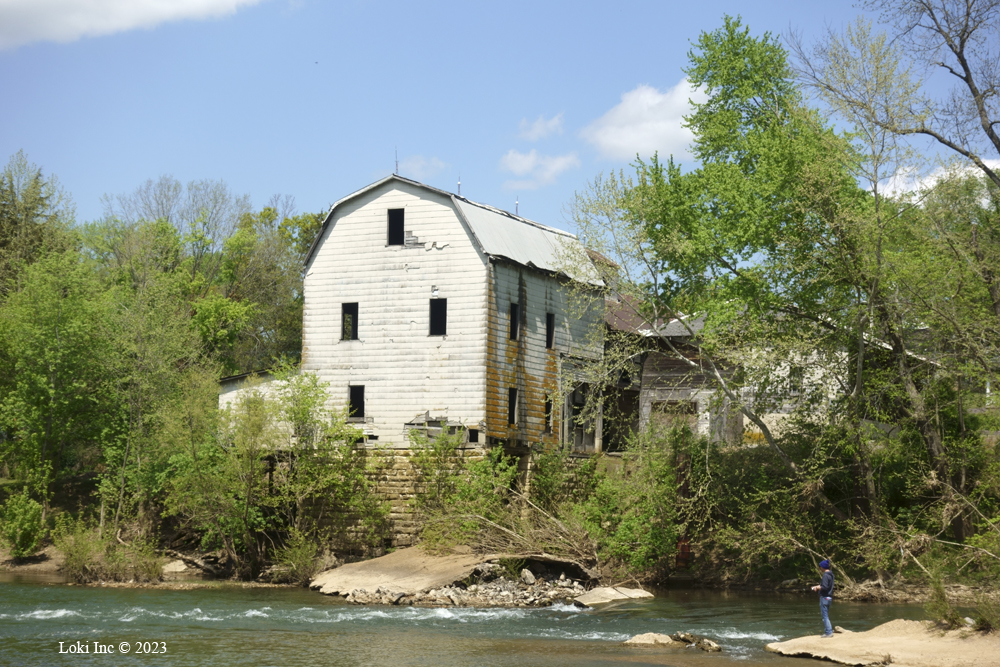
To get to the Cedar Hill Mill, check out MapQuest and how to approach it. It is off US 30. If you’re coming from St. Louis, you will turn left on CH BB, then right on Cedar Hill Road and right on Wolf Street.


